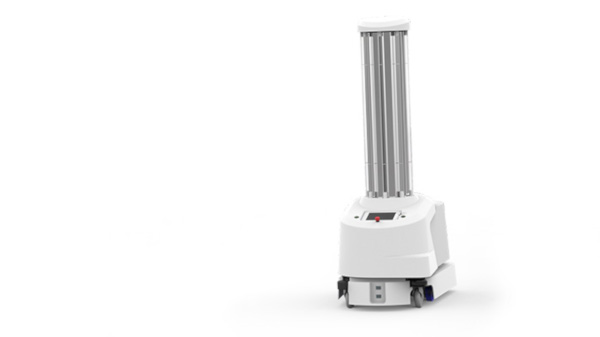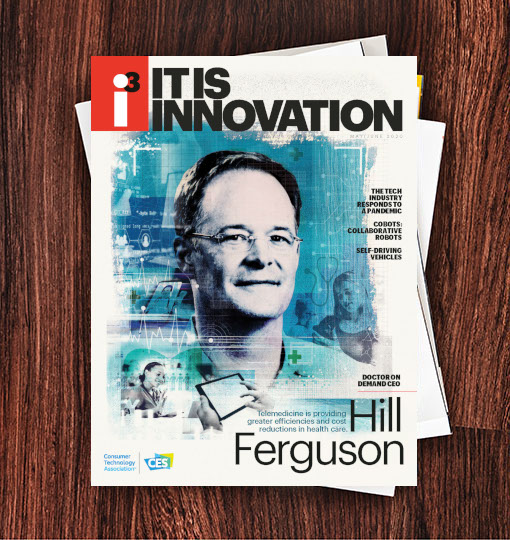
With stay-at-home orders in effect across the country, telecommuting from home is a new norm — and could change how people will expect to work in the future. Platforms like Zoom and Slack are connecting families and colleagues through video chat. COVID-19 is also changing online streaming behavior globally. Television interviews are being conducted via Skype and other digital channels.
Viewers are going inside the homes of their favorite celebrity or broadcaster to get their news. As storefronts shutter, remote connectivity is moving more businesses online and moving education towards greater distance learning opportunities and online teaching resources.
As we look ahead as to how the coronavirus could reshape everyday life — technology is at the center of the critical infrastructure that modern life depends on and that enables physical ‘resiliency’ — the medical supply chain, the food supply chain, and the complexity of supplying stuff, like apparel and even toilet paper — as well as the entertainment/information supply chain.
Companies are bringing the full force of technology for the betterment of humanity.
Reach Susan at susan@c4trends.com

I3, the flagship magazine from the Consumer Technology Association (CTA)®, focuses on innovation in technology, policy and business as well as the entrepreneurs, industry leaders and startups that grow the consumer technology industry. Subscriptions to i3 are available free to qualified participants in the consumer electronics industry.